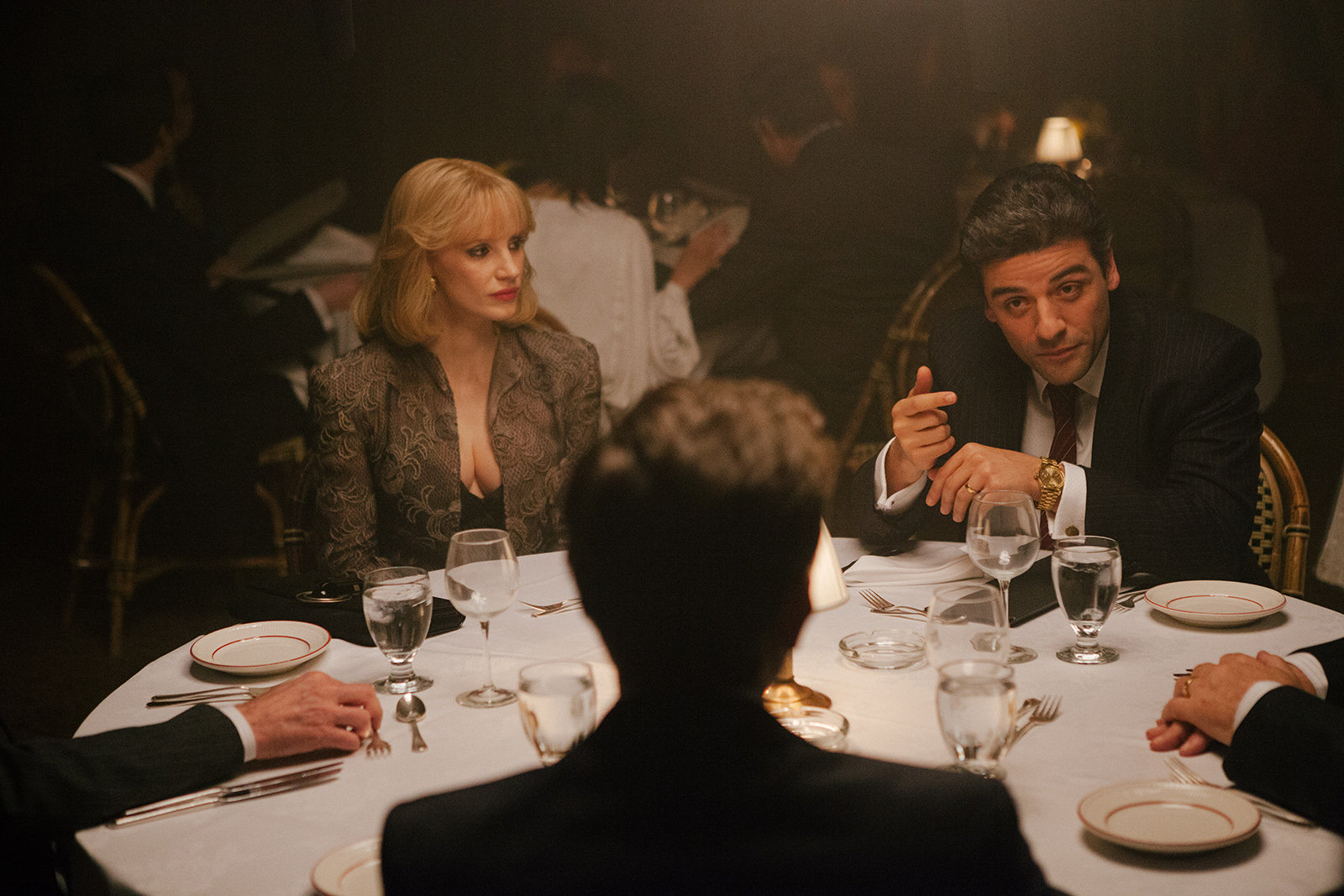A Most Violent Year
1970s Cinema, 1980s Landscape, 2015 film

Starring: Oscar Isaac, Jessica Chastain
Review written by Robert D. Patrick
A Most Violent Year is about the most blood-specked 365 days in New Year City’s history (1981 somehow eclipses the carnage of the Five Points in the 1860s?). Perennially overcast and painted with broad strokes of chrome and fog, writer and director J.C. Chandor’s latest opus is a sock full of marbles being swung relentlessly. Following a resourceful married couple, A Most Violent Year vibrates with the bruised undercurrents of emotional and fiscal malaise. Oscar Isaac plays a stoic, glove-straightening businessman with a fairness-first attitude. To reach the proverbial top, you must speak clearly and broaden your shoulders. His wife, played by Jessica Chastain, is enterprising and taut. The duo are a Swiss army knife of social ingenuity and formal absolution.
Chandor’s compass for fear is built on the misleading appearance of stability and structure. His protagonists wear monolithic, heavy coats and architecturally reinforced outfits; something as posturing and sturdy as the buildings of New York itself. Empirically pleasant veneers hide the ebb of uncertainty and corruption. A Most Violent Year speaks in the language of anticipation and paranoia. Everything is ashy and devoid of color. Chandor is channeling the hypnotic minimalism of 1970s cinema, where everything happens within the ellipsis. Oscar Isaac is playing a role, here in the dogged dystopia of failing business, that Al Pacino could have played in his heyday. The stoic and farcicial wall of power covering up the saliva and tears of desperation. A film like this, that ignores the candy and carbonation of its current movie-going climate, deserves applause.
There is a rumbling, shadow-encased chase sequence that involves the fiery roar of a car’s engine and the curious pattering of inquisitive footsteps; it’s a scene that is a brave mash-up of The French Connection and The Third Man. At particular points, the screenplay toils too hard to make emotional impressions, but the overall mood of the picture buries its own flaws before you become distracted by them. For our auteur, the word “violent” is important, because Chandor’s first two pictures – Margin Call and All is Lost – were extremely violent. They lived in a quiet carnage; seething, slicing, and eviscerating. What a hugely ambitious, sullen, lipstick branded love letter to dreams and the flammable materials that their sparks land upon.
